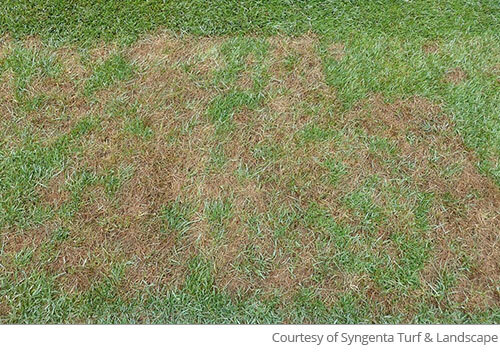Know The Conditions & Signs Of Pythium Blight Lawn Disease
Where Does Pythium Blight Occur?

This disease can attack all types of grasses, but the effects are usually more damaging to cool-season grasses. The damage caused by Pythium blight can be especially hard on ryegrass used in an overseeding situation among bermudagrass.
When Does Pythium Blight Occur?

Grassy areas that have been recently seeded or overseeded during this type of warm, humid weather are the most vulnerable to Pythium blight.
If you aren't sure if you have Pythium blight or if it may be a different turf disease, you can check by asking your local extension office. There, a volunteer or master gardener will be able to identify your turf disease.What Causes Pythium Blight to Grow?

Pythium blight spreads especially well in turf that is growing in dense, alkaline soil. High nitrogen levels in the soil also encourage this lawn disease. You can learn more about the pH level of your soil and how it affects the growth of plants and fungi with our Soil pH guide.
A layer of thatch on a lawn, dense, compacted soil, and standing water due to poor drainage can all encourage Pythium blight to make a home in your lawn, so it pays off to keep your property well maintained and your lawn healthy.



